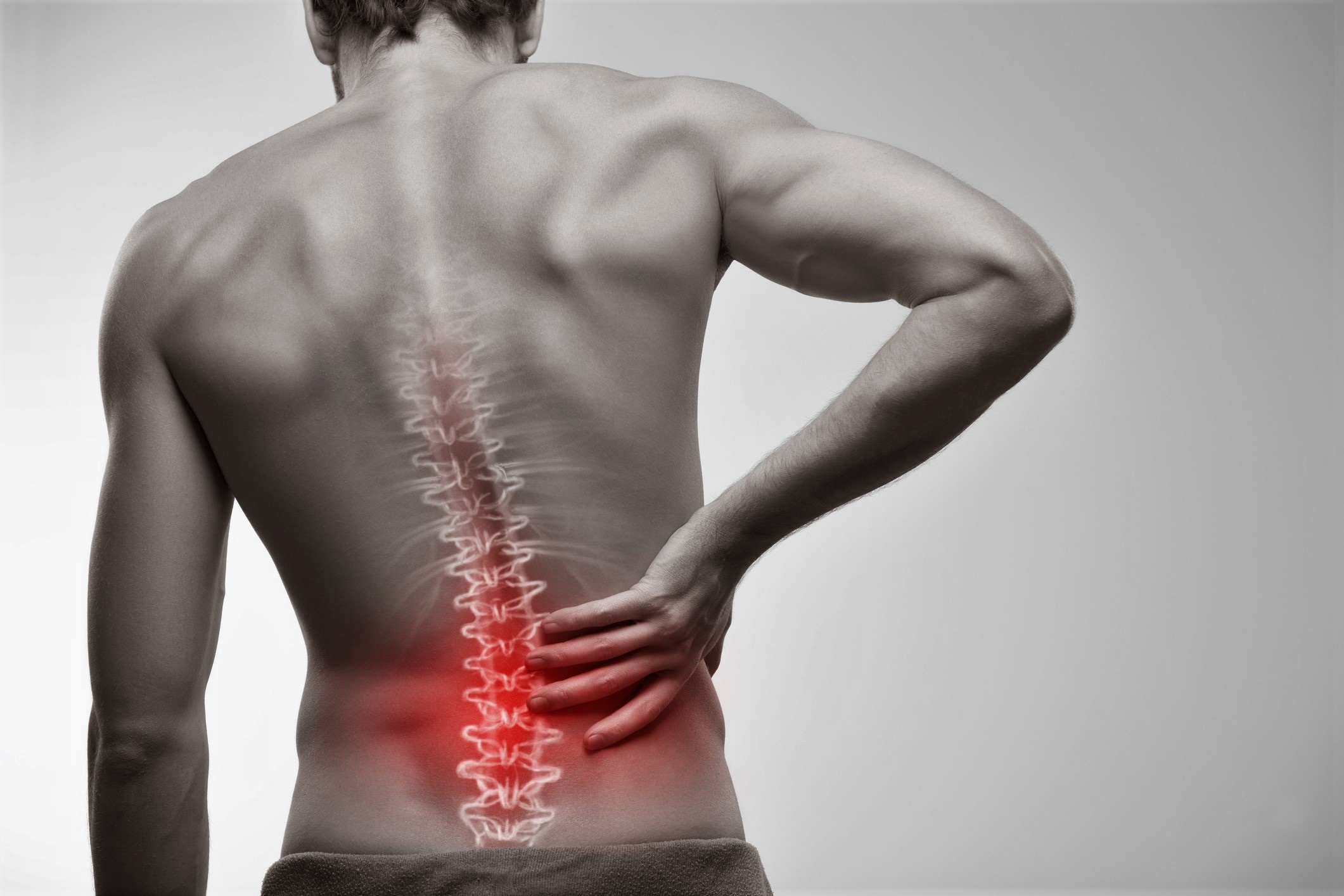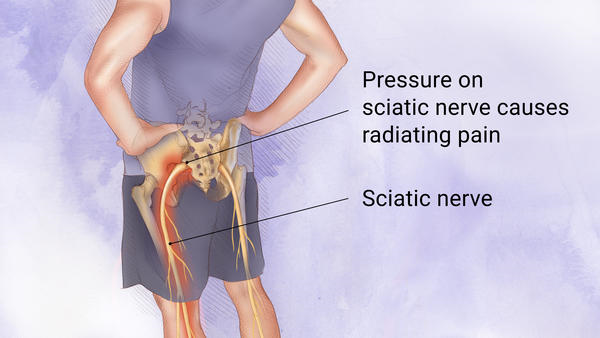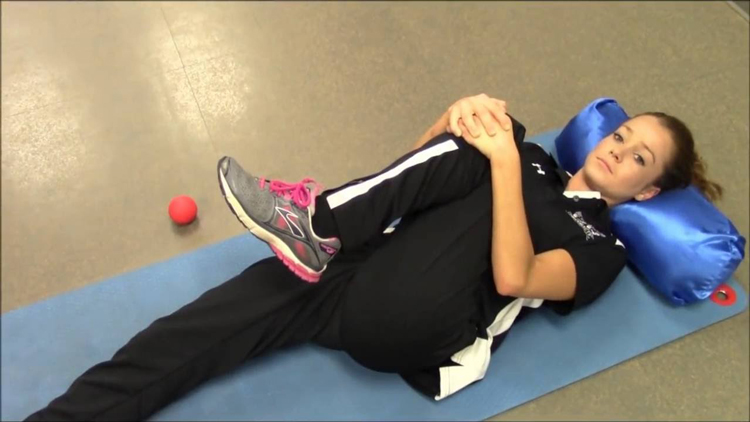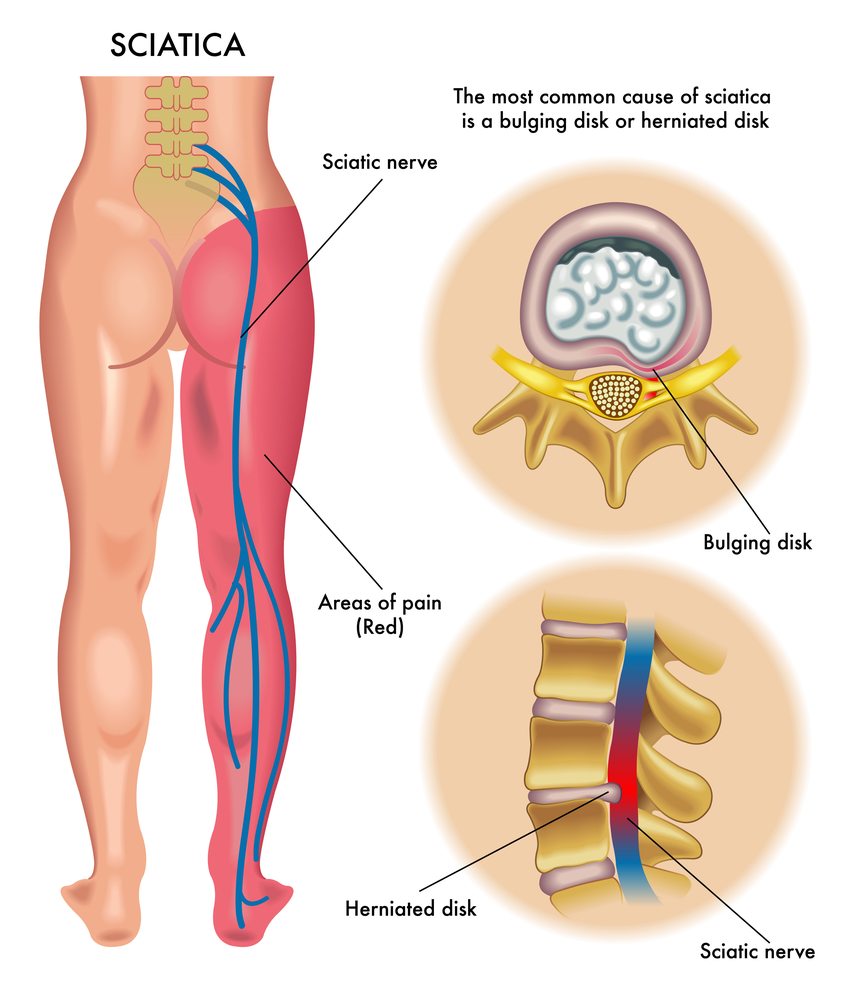Sciatica
What Are the 4 Types of Sciatica?

Sciatica is a medical condition that can cause pain, tingling, numbness and weakness in the legs. The pain typically radiates from the lower back down the back of one leg. Sciatica can be caused by a variety of things, such as a herniated disk, spinal stenosis, Piriformis Syndrome, and more. There are four types of sciatica: Acute, chronic, alternating, and bilateral Sciatica.
Read More About What Are the 4 Types of Sciatica

More Things To Know About What Are the 4 Types of Sciatica
What Is Acute Sciatica?

Acute sciatica is the most common type of sciatica. It is characterized by sudden, severe pain that radiates from the lower back down the leg. Acute sciatica is often caused by a herniated disk or spinal stenosis. Treatment for acute sciatica includes pain relief medication, physical therapy, and exercises.
What Is Chronic Sciatica?
Chronic sciatica is a form of sciatica that lasts for several weeks or months. It is often caused by compression of the sciatic nerve from conditions such as arthritis, spinal stenosis, and degenerative disk disease. Treatment for chronic sciatica may involve surgery, steroid injections, physical therapy, medication, and lifestyle changes.
What Is Alternating Sciatica?
Alternating sciatica is a condition in which the sciatic nerve is compressed on one side of the body and then the other. The sciatic nerve starts at the lower part of the spine, runs through the buttocks, down both legs and into the feet. It provides feeling to these areas. It can be compressed by a herniated disk, bone spur or muscle spasm. The pain can be constant or it can come and go in waves. The pain may also change from being sharp to a dull ache or vice versa.
What Is Bilateral Sciatica?
Bilateral sciatica is a type of sciatica that affects both legs. It is often caused by degenerative disc disease or spinal stenosis. Treatment for bilateral sciatica may involve surgery, physical therapy, and medication.
What Is Sciatica?
Sciatica is a medical condition that can cause pain, tingling, numbness and weakness in the legs. The pain typically radiates from the lower back down the back of one leg.
What Causes Sciatica?
Sciatica can be caused by a variety of things, such as a herniated disk, spinal stenosis, Piriformis Syndrome, and more.
How to Prevent Sciatica From Occurring
There are a few things that you can do to help prevent Sciatica from occurring, such as:
- Maintaining a healthy weight
- Exercising regularly
- Stretching regularly
- Avoiding prolonged periods of sitting or standing
- Avoiding activities that can cause strain on the back
- Changing your sleeping position regularly
- Using appropriate posture while sitting and standing
- Using proper lifting techniques when carrying heavy or bulky objects
By taking these steps, you can significantly reduce your risk of developing Sciatica.
How to Treat Sciatica
There are a variety of ways that you can treat Sciatica, depending on the root cause of the condition. Some common treatments include:
- Resting and taking ibuprofen or other pain medications to reduce inflammation
- Applying ice or heat to the area
- Performing stretches and exercises to help relieve tension and pain
- Undergoing physical therapy
- Having chiropractic adjustments
- Injections of steroids or other medications
- Surgery (in severe cases)
If you are experiencing pain from Sciatica, it is important to seek treatment as soon as possible. The sooner you start treatment, the more likely you are to experience relief from your symptoms.
When to See a Doctor About Sciatica
If you are experiencing any of the following symptoms, it is important to see a doctor about Sciatica as soon as possible:
- Sharp, debilitating pain that does not improve with rest or medication
- Pain that radiates down the leg and into the foot
- Numbness or tingling in the legs or feet
- Weakness in the legs or feet
- Difficulty walking or standing
- Loss of bowel or bladder control
If you are experiencing any of these symptoms, it is important to see a doctor right away, as they could indicate a more serious condition. Early diagnosis and treatment is essential for the best possible outcome.
What Is the Difference Between Acute and Chronic Sciatica?
Acute and chronic sciatica are two of the four types of sciatica. Acute sciatica is a sudden onset of symptoms that lasts for a short period of time, while chronic sciatica is a long-term condition that lasts for several months or years. The two types of sciatica differ in terms of symptoms, duration, and treatment.
What Is the Difference Between Alternating and Bilateral Sciatica?
Alternating and bilateral sciatica are two of the four types of sciatica. Alternating sciatica refers to pain that alternates from one leg to the other, while bilateral sciatica refers to pain that affects both legs simultaneously.
Conclusion
Sciatica is a medical condition that can cause pain, tingling, numbness and weakness in the legs. The pain typically radiates from the lower back down the back of one leg. There are four types of sciatica: Acute, chronic, alternating, and bilateral Sciatica. Each type of sciatica is caused by different factors and can be treated in various ways, depending on the severity of the symptoms.
For anyone who is experiencing symptoms of sciatica, it is important to seek treatment as soon as possible in order to minimize pain and discomfort and improve your chances of a full recovery. If you are unsure whether or not you have sciatica or what type of sciatica you may have, it is best to consult with a healthcare professional for accurate diagnosis and treatment recommendations. With the right care and lifestyle changes, you can recover from sciatica and live a full, healthy life.

Doctor Osvaldo Pepa, Neurosurgery Service Physician at Hospital San Martin, La Plata, Argentina. I graduated last November 16, 1984 with a Medical Degree at the Universidad Nacional de La Plata. The Medical Board of La Plata, District 1, licensed me as a Neurosurgeon in 1990. I hold a Provincial and National License and an active member of the Neurosurgery Society of La Plata, World Ozone Therapy Federation, and Inter American Society of Minimally Invasive Surgery.

























